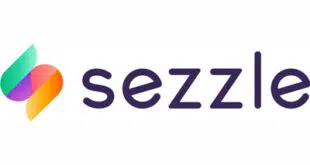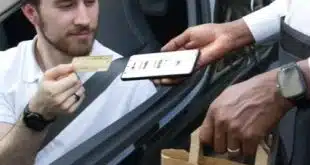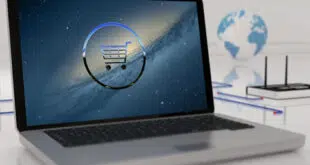In the face of reports of generally mediocre mobile-wallet usage, a report issued this week indicates the picture may brighten soon. Thirty-nine percent of consumers have used a mobile-payments service in a store within the past year, and 73% of these have done so just within the past three months, according to survey data released by Mercator Advisory Group and Discover Financial Services.
“I see the 39% as a fairly bullish result,” Ken Paterson, vice president of research operations at Maynard, Mass.-based Mercator, tells Digital Transactions News by email. “To be clear, this usage is spread across multiple [point-of-sale] mobile-payment programs and interfaces. Growth is predicated by consumers upgrading their handsets, downloading new apps, loading their payment credentials, getting up the courage to try apps at POS, and then building use into their routine transactions.”
Usage online with a mobile wallet is even stronger, with more than 60% reporting they have used one in the past year to buy something from an e-commerce merchant. “M-Commerce…was arguably a shorter step for cardholders from computer keyboard to mobile device once navigational challenges were addressed—and even before they were addressed in some cases,” says the report.
To get these results, Mercator interviewed a panel of 1,000 consumers in September. The panelists were 21 or older and owned both a smart phone and at least one general-purpose credit or charge card.
The report comes as Apple Pay, perhaps the best-known of the general-purpose wallets, has been in the market for more than a year, as have a number of proprietary wallets like Starbucks Corp.’s well-known service, which relies on its prepaid card and has recently introduced an apparently popular order-and-pay feature.
Other mobile services have followed, including those from Alphabet Inc.’s Google (Android Pay) and Samsung Electronics Co. Ltd. (Samsung Pay). A consortium of major merchants called Merchant Customer Exchange LLC is testing its CurrentC wallet in Columbus, Ohio.
MCX member Wal-Mart Stores Inc. said last month it will introduce its own wallet, called Walmart Pay, this year as part of its shopping app, and fellow member Target Corp. is rumored to be looking at a similar plan.
The products differ in how they connect to the point of sale, and in some cases only a minority of merchants have the needed equipment, which has limited usage and led to widespread reports of disappointing adoption. Services like Apple Pay and Android Pay work with near-field communication (NFC), which requires merchants to have NFC readers. This capability is spreading with the U.S. introduction of EMV chip cards, since chip readers usually include NFC capability. CurrentC and the prospective Walmart Pay work with quick-response (QR) codes, while Samsung Pay uses both NFC and a technology called magnetic secure transmission that allows it to mimic a mag-stripe card swipe.
To be sure, the Mercator survey also uncovers a number of challenges for mobile-payments services of all types. For one thing, while 39% indicated they’d used a mobile wallet in a store within the past year, that leaves 61% who haven’t. A chunk of these non-users have either never heard of mobile payments or know nothing about how they work. “Of particular concern to payments stakeholders are the 29% [of the panel] who say they do not know how these wallets work or have never heard of them,” says the report. “And nearly one-third say they have a passing familiarity with wallets, but have not been motivated to try a service.”
Indeed, when asked when they might try a mobile wallet in a store, 24% of the non-users said “never.”
Despite tokenization services from the major card networks, as well as other technologies aimed at preventing unauthorized use, such as biometric authentication, 57% of the non-users said concerns about transaction security were stopping them, making this the top roadblock to usage. Tokenization masks actual card account numbers with randomized data. Number-two, at 36%, were fears that the phone might be lost or stolen and its data compromised.
Other obstacles include the sentiment that using a physical card is easier, fear of embarrassment at the cash register with the first use, and concerns about how much data merchants might gather about the user.
Some experts have predicted that, as EMV becomes more common, many consumers will switch to mobile payments to escape the slow transaction times caused by so-called contact EMV, where the chip card must be inserted into a reader and left there for several seconds. But in a separate survey Mercator conducted in June, only 16% of consumers who had used an EMV card said they were dissatisfied with transaction times, according to Paterson. “If anything, we see many cardholders expressing interest in obtaining and using EMV cards, which are perceived as more secure,” he says.
Still, the mobile-payments users in this group proved to be more impatient. with 31% indicating they were not happy with prolonged EMV transactions. “So they may be motivated to look for terminals [where] they can use with the phones,” Paterson says.
Mercator advises wallet sponsors to work hard at consumer education, in parallel with similar efforts with EMV. “But just as the payments industry has had to grapple with educating consumers how to use EMV cards, it must now provide supportive education regarding the ease of use of POS mobile payments,” says the report. “Mobile POS payments are off to a strong start. Keeping users and prospects well-informed will help maintain the momentum.”





